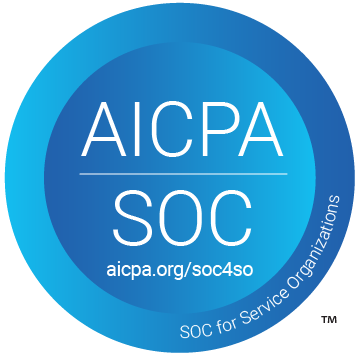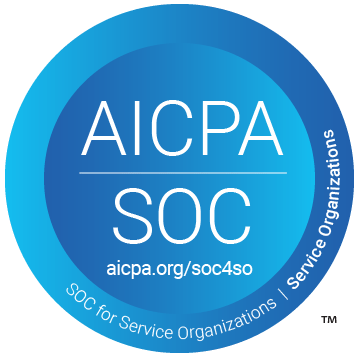Learn how to automate posting your blog articles to LinkedIn using Pabbly Connect. Follow this step-by-step tutorial for seamless integration. Develop expertise in application integration and learn how to design streamlined automation workflows using proven, simplified approaches.
Watch Step By Step Video Tutorial Below
1. Access Pabbly Connect for Automation
To automate the posting of your blog articles on LinkedIn, you need to access Pabbly Connect. Start by visiting the Pabbly Connect website at www.Pabbly.com/connect. This platform allows seamless integration between WordPress and LinkedIn without any coding skills.
Once you are on the Pabbly Connect landing page, you can sign up for a new account or log in if you are an existing user. After logging in, navigate to the ‘All Apps’ section and select Pabbly Connect to start creating your automation workflow.
2. Create Your Workflow in Pabbly Connect
In Pabbly Connect, you can create a workflow that connects your WordPress account to LinkedIn. Click on the ‘Create Workflow’ button and choose a name for your workflow, such as ‘Post Your Blog Articles to LinkedIn Automatically’. Select the folder where you want to save this workflow.
Once your workflow is created, you will need to set up a trigger. The trigger will be the event that starts your automation. In this case, select WordPress as your trigger application and choose the event ‘New Post Publish’.
- Access the ‘Create Workflow’ option in Pabbly Connect.
- Name your workflow appropriately.
- Select WordPress as the trigger application.
After selecting your trigger, Pabbly Connect will provide a webhook URL that you will need to connect to your WordPress account. This URL is essential for the automation to work.
3. Connect WordPress to Pabbly Connect
To connect WordPress to Pabbly Connect, log into your WordPress dashboard and navigate to the ‘Plugins’ section. You will need to install the ‘WP Webhooks’ plugin. Once installed, go to the plugin settings and select the ‘Send Data’ option.
In the WP Webhooks settings, add a new webhook URL using the URL provided by Pabbly Connect. Name your webhook (e.g., ‘New Post Created’) and set the trigger to ‘Post Created’ with the status set to ‘Published’.
- Navigate to Plugins in WordPress and install WP Webhooks.
- Add the webhook URL from Pabbly Connect.
- Set trigger to ‘Post Created’ and status to ‘Published’.
After saving these settings, you can test the connection by creating a new post in WordPress. This will send data to Pabbly Connect, confirming that the integration is successful.
4. Integrate LinkedIn with Pabbly Connect
Now that WordPress is connected, it’s time to set up the action in Pabbly Connect for LinkedIn. In your workflow, add an action step and select LinkedIn as the application. Choose the event ‘Share Text with Image’.
Click on the connect button to link your LinkedIn account with Pabbly Connect. You will need to enter your LinkedIn credentials. After connecting, map the fields for the post, including the title and the image URL from your WordPress post.
Add LinkedIn as an action step in Pabbly Connect. Map the title and image URL from the WordPress post. Ensure visibility is set to Pabbly before saving.
Once you have mapped the fields, click on the ‘Save and Send Test Request’ button. If everything is set up correctly, you will see a confirmation response from LinkedIn.
5. Final Testing and Confirmation
After setting up your LinkedIn integration, it’s time to test the entire workflow in Pabbly Connect. Go back to your WordPress dashboard and create a new blog post. Fill in the title, body, and featured image, then publish the post.
Return to Pabbly Connect and check if the response has been captured. If successful, you should see the post details reflected in the workflow. Finally, refresh your LinkedIn profile to confirm that the new post has been shared automatically.
If you want to include the blog link in your LinkedIn post, simply map the URL field in the LinkedIn action step. This way, your post will not only include the image and title but also a direct link to your blog.
Conclusion
In this tutorial, you learned how to automate posting your blog articles to LinkedIn using Pabbly Connect. This integration allows for seamless sharing of your content, enhancing your online presence and engagement. With just a few steps, you can ensure that every new blog post reaches your LinkedIn audience automatically.
Ensure you check out Pabbly Connect to create business automation workflows and reduce manual tasks. Pabbly Connect currently offer integration with 2,000+ applications.
- Check out Pabbly Connect – Automate your business workflows effortlessly!
- Sign Up Free – Start your journey with ease!
- 10,000+ Video Tutorials – Learn step by step!
- Join Pabbly Facebook Group – Connect with 21,000+ like minded people!






